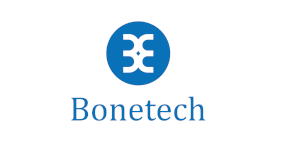SaMD: Fast-Tracked and Growing
Eugene Ramirez | January 2020
FDA programs are helping medical device companies get SaMD products to market faster. This as, according to a Yahoo!
Finance report, the global medical software market is projected to grow 5.8% each year, reaching $19.3 billion by 2025.
SaMD could be as sophisticated as artificial intelligence that assists in developing treatment plans or regulates implanted devices, or as simple as applications that facilitate viewing of medical imagery across the globe. As we rely more on technology in all aspects of our lives, healthcare won’t be left behind. However, the FDA is focused on making sure those behind automating medical treatments and other related technologies can be trusted.
The FDA’s Digital Health Software Precertification (Pre-Cert) Program is aimed at reputable manufacturers that exhibit ‘quality and organizational excellence’. Unlike FDA certification of traditional medical devices which looks at the product first, this program prioritizes the software or technology developer, and then reviews product safety.
One major concern in the SaMD industry is regulation as it relates to Ai and machine-learning. How would regulators ensure ongoing product safety if the product is constantly changing as it ‘learns’? While the intersection of automation and regulation remains an ongoing industry conversation, one step in the right direction is how the FDA program allows for developers to quickly implement software updates.






























